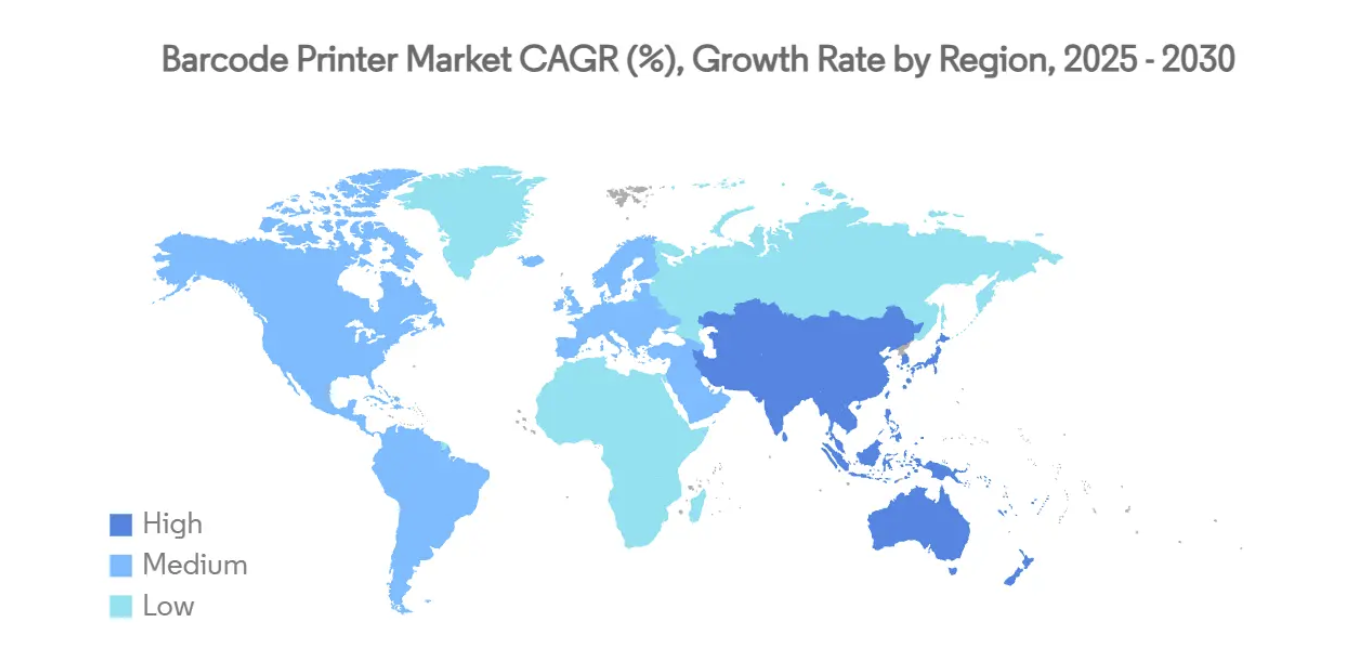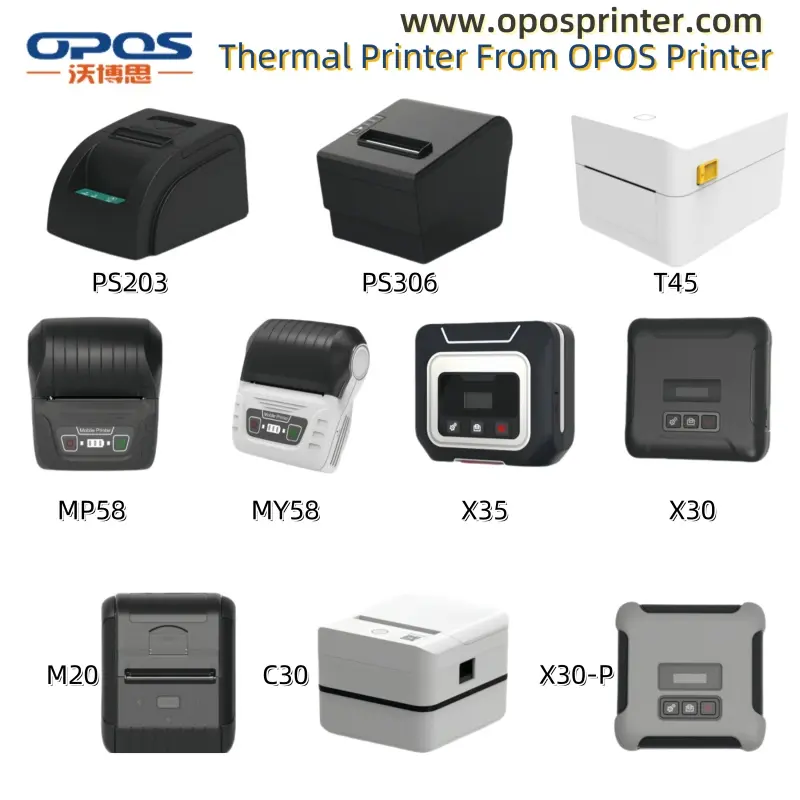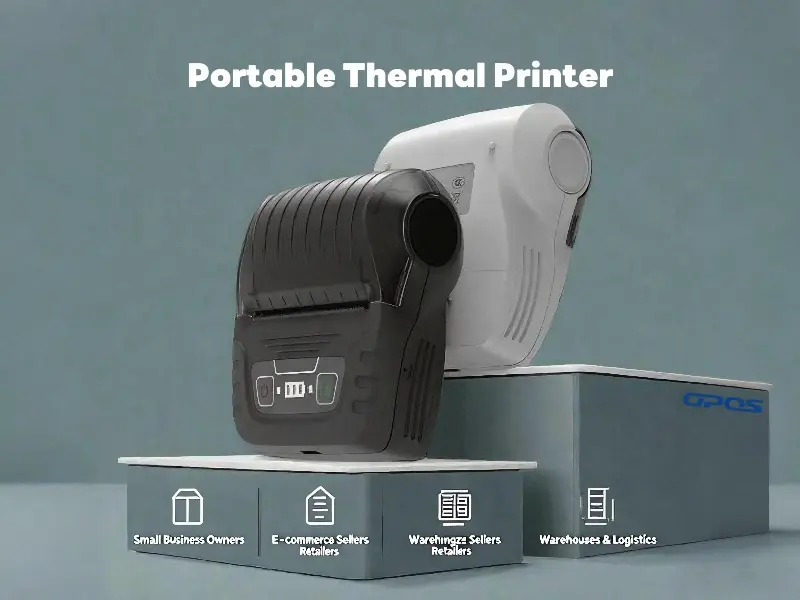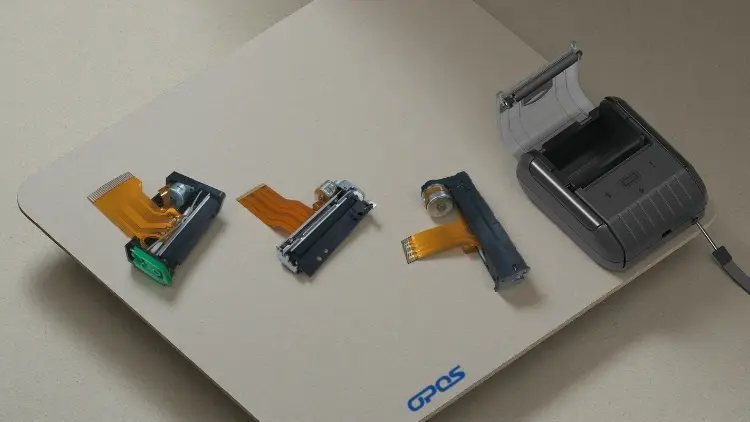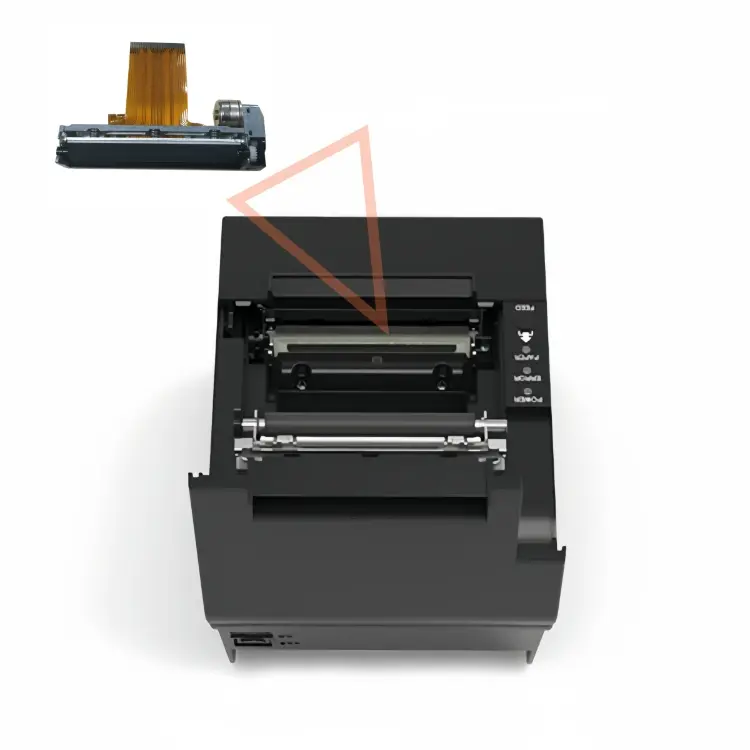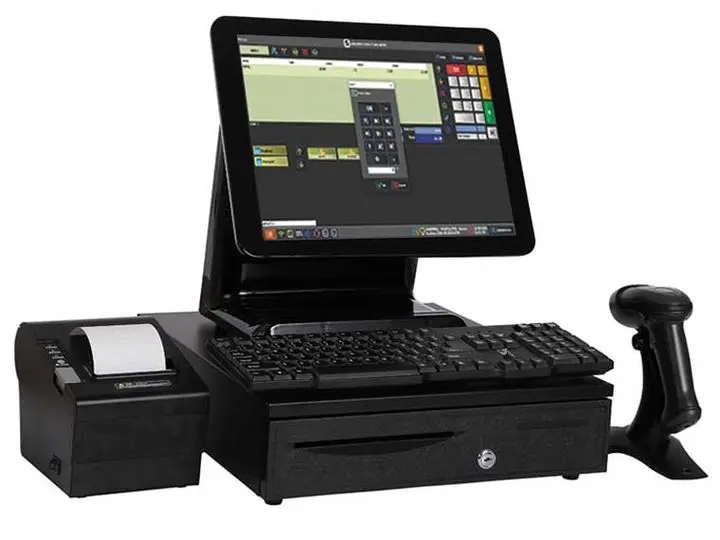Why the Thermal Printheads are The Core Technology Behind Thermal Printing?
An essential part of thermal printing systems, thermal printheads (also known as Printer Mechanisms) are crucial to the actual process of delivering heat to the paper or ribbon.
In both direct thermal and thermal transfer printing, the printhead is responsible for creating the printed image by applying heat to the medium.
Because OPOS Printer has been a professional manufacturer of thermal printheads and Thermal Printers since 2005, we have written this article to provide you a better understanding of the mechanism of thermal printheads, their types, construction, and how they work in the thermal printing process.
What is a Thermal Printhead?
A thermal printhead is the part of the thermal printer responsible for generating heat to produce an image or text on the paper. It consists of a series of tiny heating elements or thermal dots that are precisely controlled to heat up at specific locations on the print media. Depending on whether you are using a direct thermal or thermal transfer printer, the heat produced by the printhead interacts with different types of media to create a print.
How Do Thermal Printheads Work?
The mechanism behind thermal printheads is relatively simple, but it requires precision and control to ensure high-quality prints. The process begins when the printer's electronic controller receives the data to be printed and then instructs the printhead to heat up the appropriate elements to create the image. Here's how it works:
- Heating Elements
The thermal printhead consists of multiple heating elements (also known as thermal dots or pixels), which are arranged in a line. These elements are made from materials like nichrome or a similar heat-sensitive alloy, which can rapidly heat up and cool down when an electrical current is passed through them.
In direct thermal printing, the printhead’s heating elements generate heat that directly reacts with the heat-sensitive material on the thermal paper.
In thermal transfer printing, the heat melts ink from a ribbon that then adheres to the paper.
- Heat Control and Precision
Each heating element in the thermal printhead is controlled independently. This allows for precise patterns of heat application, which are needed to form the image or text on the paper. The printer's internal circuitry manages the heat applied to each element based on the print data sent from the connected device (such as a computer or POS system).
For both direct thermal and thermal transfer printing, the printhead moves across the paper in synchronization with the paper’s movement. The paper moves in small increments, and the printhead activates specific heating elements along its width. The amount of heat applied to each element determines how dark or light the print will appear.
With paper’s movement in synchornization with paper’s movement, and the printhead activates specfic heating elments along with its width, the amount of head applied to each element determines how dark or light the print will appears.
- Paper or Ribbon Interaction
Direct Thermal Printhead: When the printhead applies heat to direct thermal paper, the heat-sensitive coating on the paper reacts to the heat and turns black or dark brown in the heated areas, thus forming the printed image.
Thermal Transfer Printhead: In thermal transfer printing, the printhead applies heat to the ribbon, which is usually made of wax, resin, or a mixture of both. The heat causes the ink on the ribbon to melt and transfer onto the surface of the paper.
- Cooling and Resetting
After applying heat to a particular section, the heating elements quickly cool down as the paper advances. The printhead then resets and heats up the next set of elements for the subsequent line of print. This rapid heating and cooling process is essential for the fast, efficient printing that thermal printers are known for.
Key Features and Components of a Thermal Printhead
- Heating Elements: These are the core components of the printhead. Typically, they are tiny resistors that heat up when electricity is passed through them. The number of heating elements varies depending on the resolution of the printer (higher resolution printheads will have more elements).
- Thermal Dot Density: The density of the thermal dots (or heating elements) determines the print resolution. A higher dot density (measured in dots per inch or DPI) results in sharper, more detailed prints.
- Substrate: The heating elements are typically mounted on a substrate, usually made of glass or ceramic, which provides electrical insulation and mechanical stability.
- Printhead Life: Over time, thermal printheads can degrade due to the heat cycles they endure during the printing process. High-quality printheads are designed to last longer, but regular maintenance and care are essential to maximize their lifespan.
Challenges and Maintenance
Although thermal printheads are highly durable, they do face challenges and require maintenance to ensure optimal performance:
- Printhead Wear and Tear: Over time, the repeated heating and cooling cycles can cause thermal printheads to degrade. If a printhead is not maintained properly, it may lead to uneven heating, resulting in poor print quality.
- Cleaning: Printheads need to be cleaned regularly to remove dust, paper residue, and ink from the thermal ribbon. Failure to clean the printhead can lead to clogging and print defects. Regular care and maintenance of thermal printheads are essential for maximizing their lifespan and ensuring optimal print performance.
- Proper Storage: Storing the thermal printer in a clean, dust-free environment can prolong the life of the printhead.
- Printhead Alignment: Misalignment of the printhead can lead to blurry or uneven prints. Ensuring the printhead is correctly aligned with the media can help maintain consistent print quality.
Contact us for More Information
The thermal printhead is the core component of the thermal printing process, responsible for applying heat in precise patterns to generate text, images, or barcodes on the printing media. Whether you're working with direct thermal or thermal transfer printers, the design, heating elements, and overall performance of the printhead are crucial to achieving high-quality prints while minimizing maintenance needs.
By gaining a deeper understanding of how thermal printheads work and the different types available, you can better appreciate their significant role in industries such as retail, logistics, healthcare, and beyond.
If you need more information of thermal printheads, welcome to contact OPOS Printer.

 1 inch thermal printer mechanism
1 inch thermal printer mechanism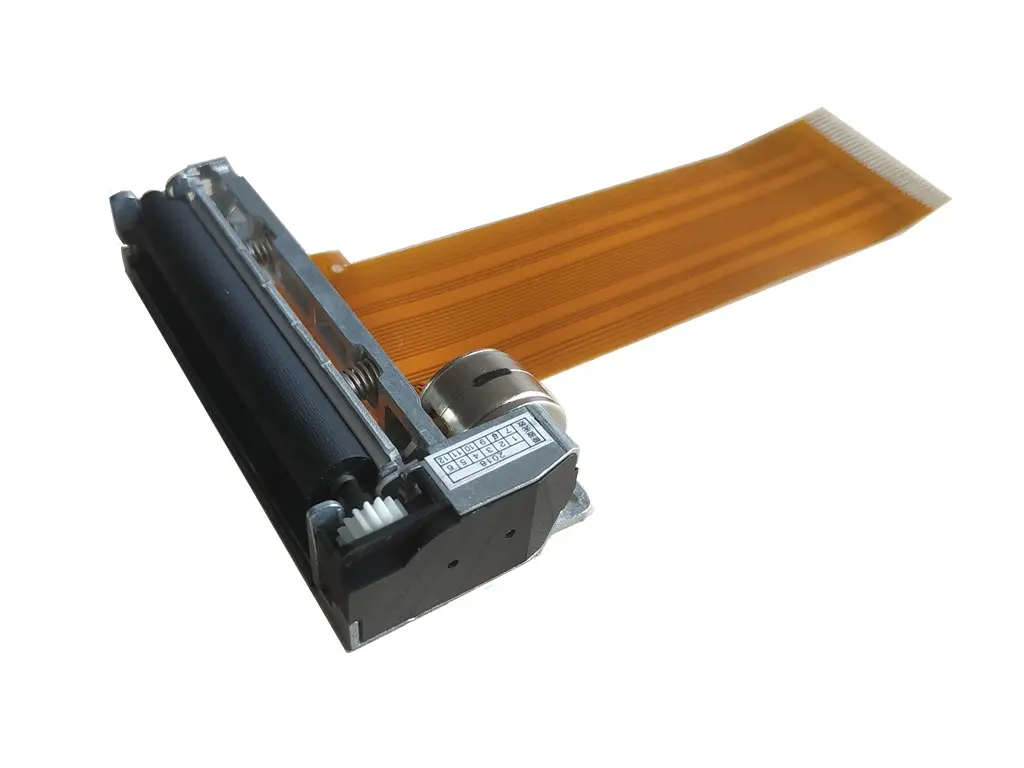 2 inch thermal printer mechanism
2 inch thermal printer mechanism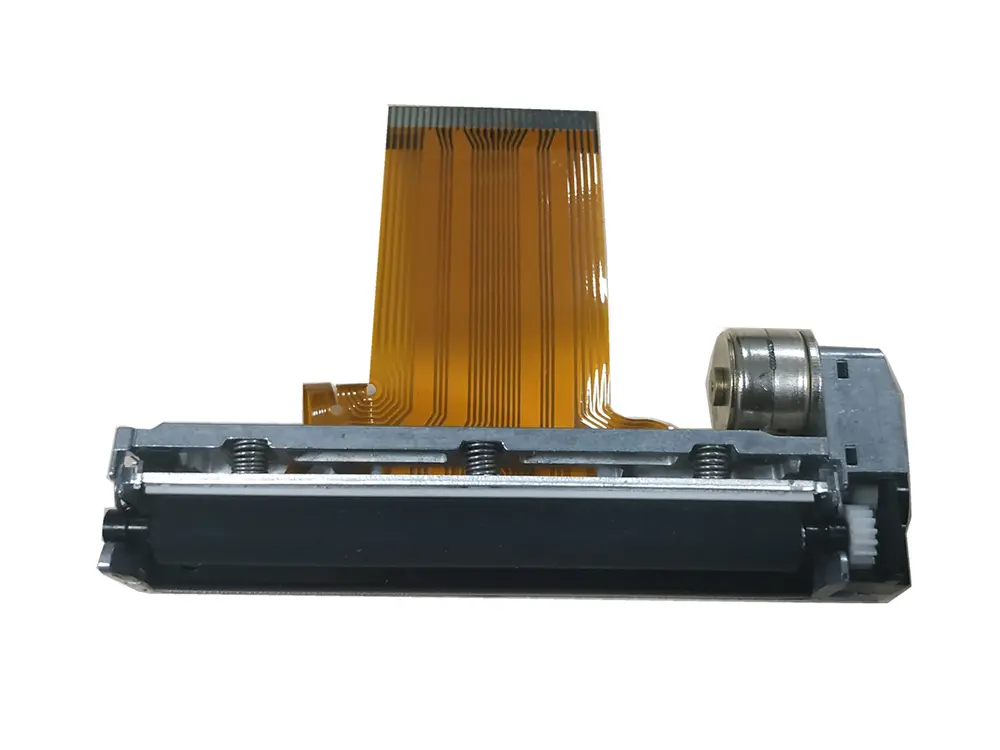 3 inch thermal printer mechanism
3 inch thermal printer mechanism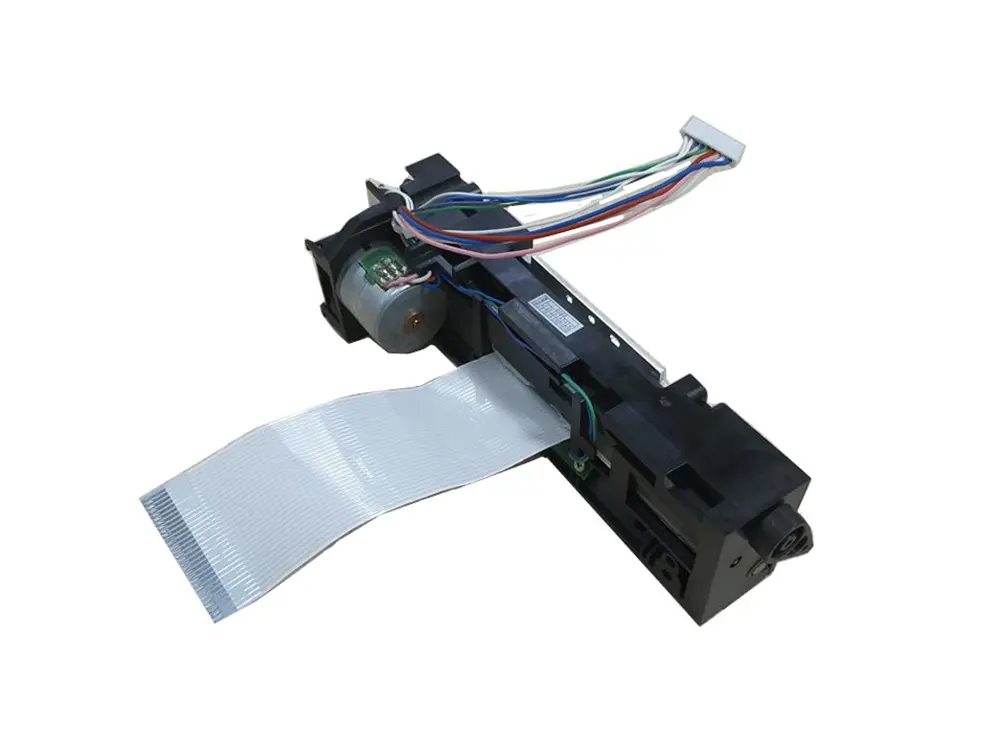 4 inch thermal printer mechanism
4 inch thermal printer mechanism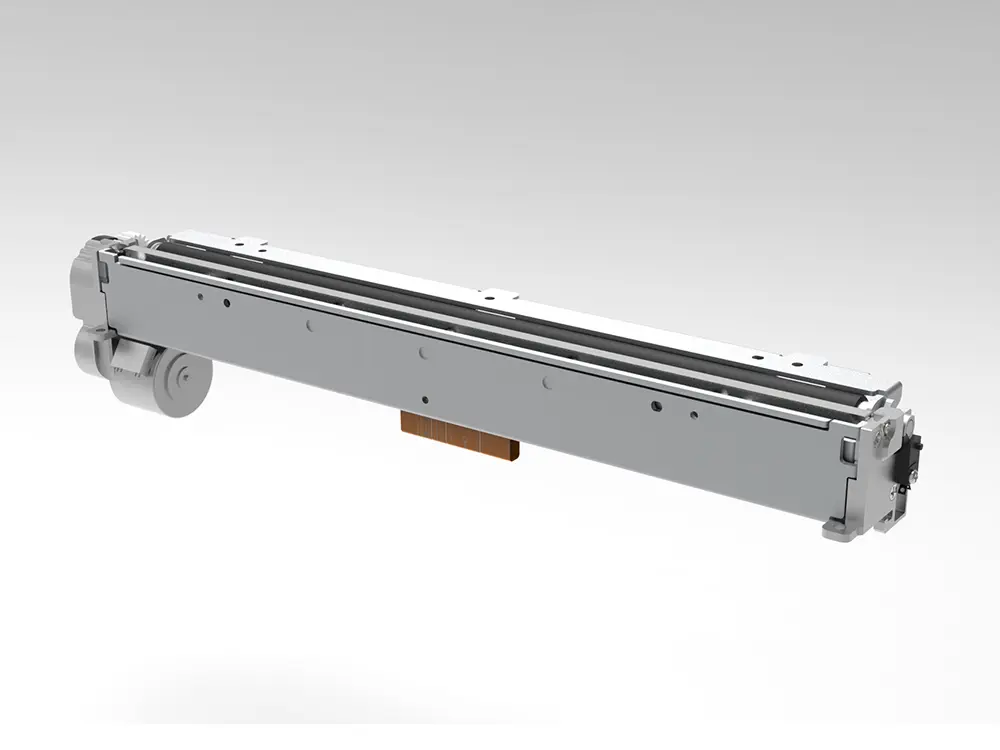 8 inch thermal printer mechanism
8 inch thermal printer mechanism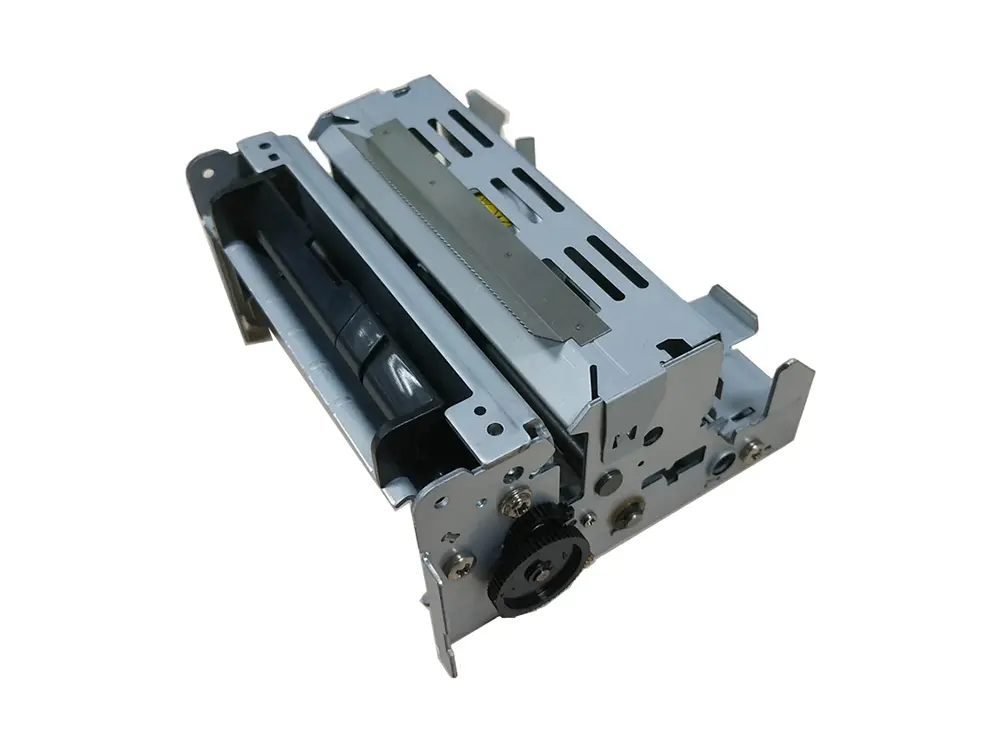 dot matrix printer mechanism
dot matrix printer mechanism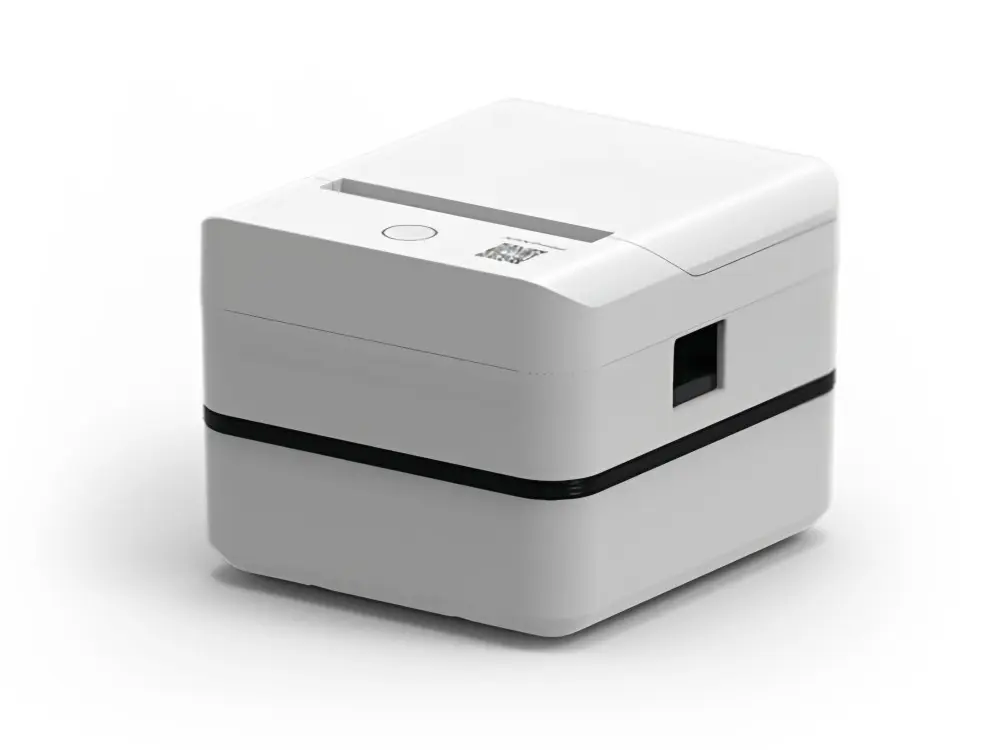 Label Printer
Label Printer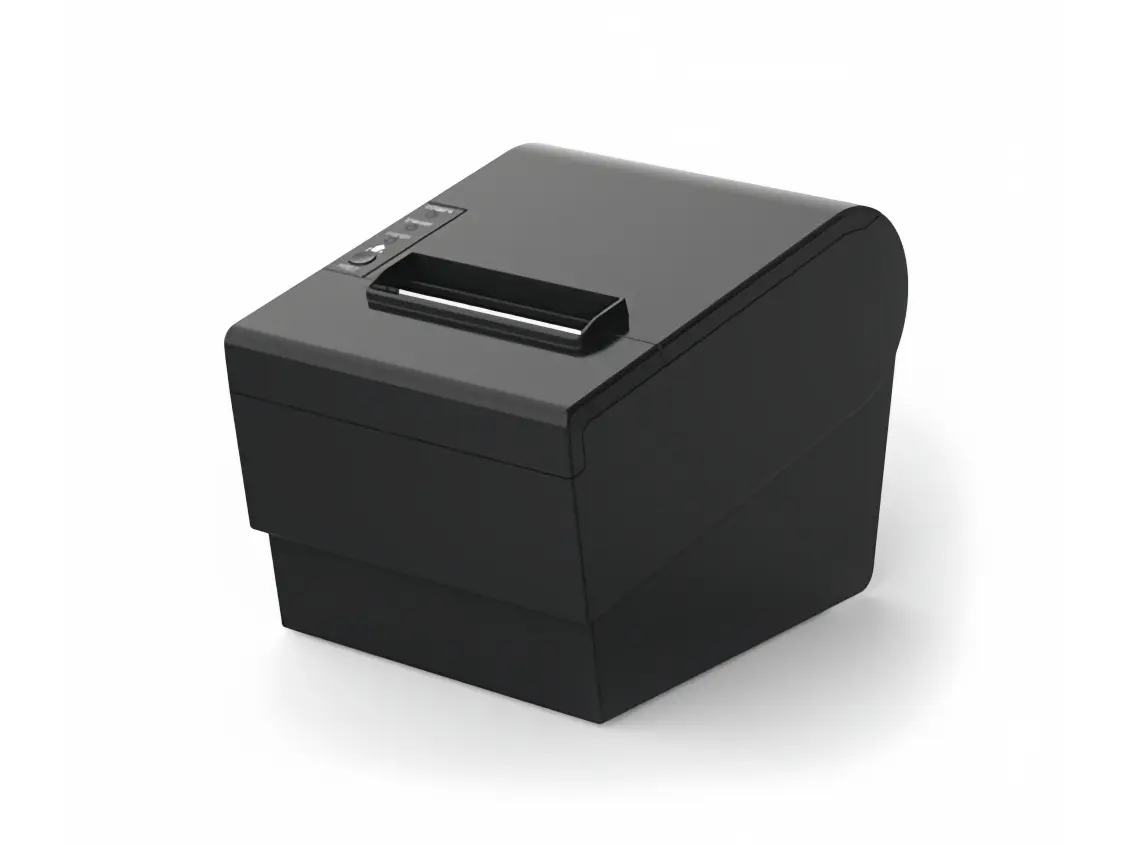 Receipt Printer
Receipt Printer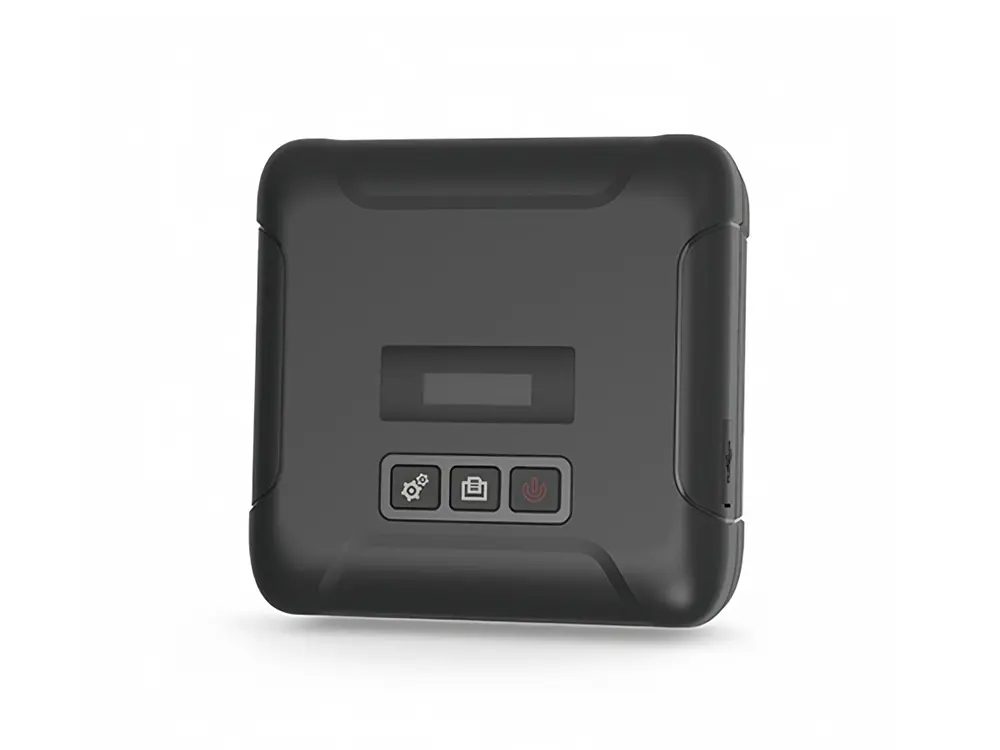 Mobile Printer
Mobile Printer


